Social media has changed the way we interact and convey our message nowadays. It has shortened geographical gaps and influenced the way we communicate.
Social media posts, tweets, and visual content have replaced letters, lengthy emails, and complex reports.
Leading social media apps like Instagram, Facebook, Twitter, and LinkedIn have been inspiring different writing styles and influencing the way we exchange information, ideas, and thoughts.
As of 2024, social media has around 4.9 billion active users. People use social media for diverse purposes. They interact with their friends or family and research their preferred brands. They also leverage social media for entertainment purposes.
Since people leverage social media as a reliable source of information, having an active presence on social media platforms has become a necessity.
However, the style of content that aligns with social media algorithms is different than the traditional style of writing. This change has led brands, influencers, and content creators to embrace new ways of creating content for this digital world.
The writing has become less formal and concise. Your tone is to be professional yet conversational to connect with your audience better and acknowledge high engagement.
Let’s talk about the impact of social media on writing styles and see how different platforms play their parts.
How Writing Evolved in the Age of Social Media
To start things off, let’s have a look at how writing has evolved and explore the key characteristics of social media content.
Traditional Writing vs. Digital Writing
Before the rise of social media, writing used to be formal and embraced a standard structure or set of rules. The content created was long-from and generally targeted individuals with sustained attention spans.
Writing for digital platforms changed that. It introduced short-form content, which favored speed, convenience, and interactivity. Enter bite-sized content format, where content creators don’t assume their target audiences to have extended attention spans.
We also started leveraging visual content formats compared to just text-based styles of conveying the message.
Formal vs. Informal Writing Style
The use of social media promotes authenticity and relatability, causing us to prefer a casual style of writing over a formal one.
While the traditional writing style sticks to the professional tone, the contemporary approach to writing encompasses a conversational tone to establish a strong bond with the intended audience.
For example, phrases like “We thank you for choosing our solutions” are replaced with “Thank you for being a part of our family.” It’s what makes the content we produce these days relatable and engaging.

The casual and informal approach cultivates a sense of belonging and helps you build a community. You leverage storytelling and are open to sharing personal experiences to establish trust and build relationships with the intended audience segments.
Key Characteristics of Social Media Writing
To understand social media writing in a bit more detail, let’s discuss the key characteristics that set it apart from traditional writing styles.
Conciseness
Social media platforms promote conciseness. Social media users prefer skimming through content rather than reading unending paragraphs. It calls for you to be quick at grabbing attention and conveying your message.
You prefer short phrases over long ones and provide information in simple terms. For example, rather than saying, “It is a great opportunity that you should not miss out on,” you just say, “Don’t miss out!”
Immediacy
Social media writing promotes instant interaction. Posts covering the latest news, trends, or live events demand an immediate response from the intended audience.
The timeliness of your posts fuels the relevance of the content you create, which enables you to get more eyeballs. It helps you generate traction and acknowledge high engagement.
Conversational Tone
Social media writing tends to mimic a face-to-face interaction with the intended audience. You leverage informal expressions and ask rhetorical questions to keep your readers engaged.
For example, you may use phrases like, “Want to learn about content marketing? We’ve got you covered!” to grab the attention of your readers and convince them to explore your content.
A conversational tone evokes friendliness, causing you to converse with your audience rather than have them read your boring posts.
Engagement
Engagement is at the core of publishing content on social media. However, different platforms represent diverse engagement statistics.
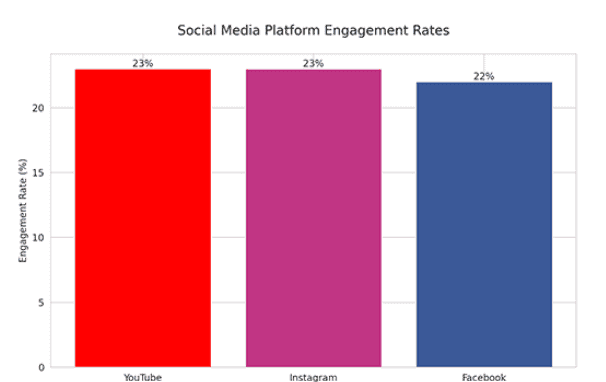
Remember, you’re not the only one trying to interact with the intended audience. So, the key to making things work is to publish relatable content that helps you establish a strong connection with your target audience.
Your goal is to generate traction, which you can achieve through an interactive style of writing that fosters a sense of community.
How Social Media Fuels Interactive Writing
Social media introduced us to contemporary writing tactics that help us generate traction and engage the audience segments we target. Let’s learn about it in detail.
Headlines and Hooks
Social media makes information available in abundance. Therefore, the use of hooks and headlines plays a critical role in grabbing your readers’ attention and conveying your message.
They are as important as subject lines are to emails. They act as attention-grabbers, convincing the intended audience to explore the content you publish.
A key takeaway from this is that the opening of anything you write should be powerful enough to engage your audience. It’s what makes the readers want to prefer exploring your content compared to others.
Emojis and Symbols
Leveraging emojis is an effortless way to convey your message to the target audience without having to write long paragraphs. On Facebook, your posts containing emojis drive up to 33% more engagement compared to the rest.
It’s an excellent way to add emotions, leverage visual appeal, and embrace a casual tone, increasing your chances to generate more traction.
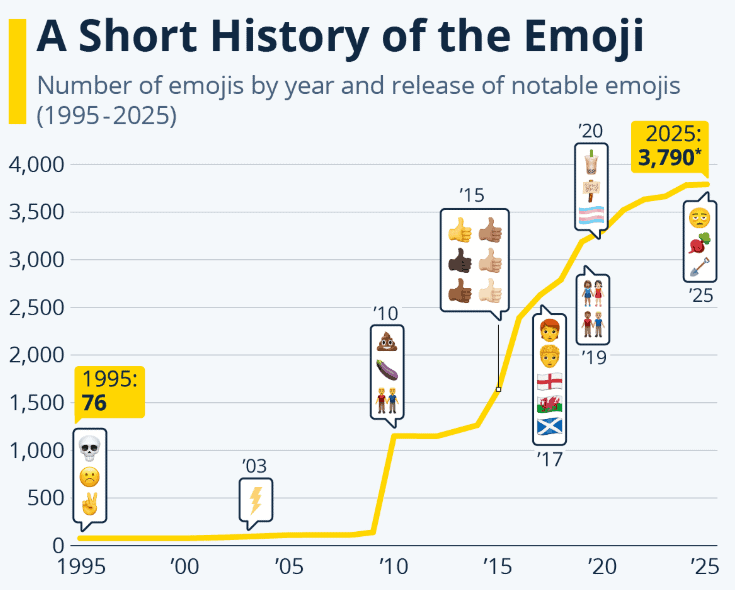
You can easily convey your message without having to use words. A simple emoji or symbol helps you showcase your feelings and share your thoughts, such as 🎉 represents celebration and 😒 indicates frustration.
The use of emojis or symbols in your writing brings boring text to life and makes your message more appealing.
Visual Content
Social media helped us understand the significance of creating visual content. We discovered that people generally prefer visual content over text. We can process visuals in just 13 milliseconds, which makes it easier for us to understand complex information.
So, it’s safe to say that a combination of visuals and text can help us drive fruitful results from our efforts as content creators.

It’s one of the reasons why you stumble upon images or infographics in blogs or the body of emails. It’s an excellent way to keep your audience engaged and continue exploring the information.
Skimmable Content
Social media provides access to information in abundance. It has led us to build a habit of skimming when consuming content.
We don’t spend much time going through a particular content piece. We want to extract as much information as we can quickly.
It has a significant impact on writing, as it calls for the use of bullet points, number lists, and brief paragraphs to make the information easy to comprehend.
Slang and Abbreviations
Social media has normalized the use of slang and abbreviations in writing. The use of slang makes your content a tad bit more friendly and helps you engage your target audience, no matter which generation they represent.
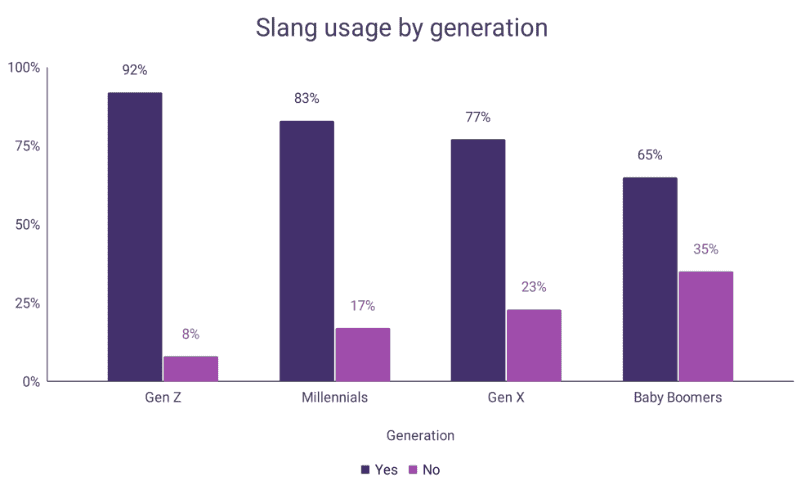
While the use of slang and abbreviations improves the relatability of your content, you need to be careful, as the excess may compromise professionalism. Maintaining the right balance is the key. You must ensure that your writing aligns with your brand’s voice.
How Leading Social Media Platforms Contribute
Social media has influenced writing in different ways. Let’s talk about the contribution of a few of the noteworthy platforms and how they changed content creation.
We first started using Facebook as a channel to connect with our friends or family. The platform was also an excellent source to keep up with the latest news. Now, we use the platform to interact with our preferred brands as well.
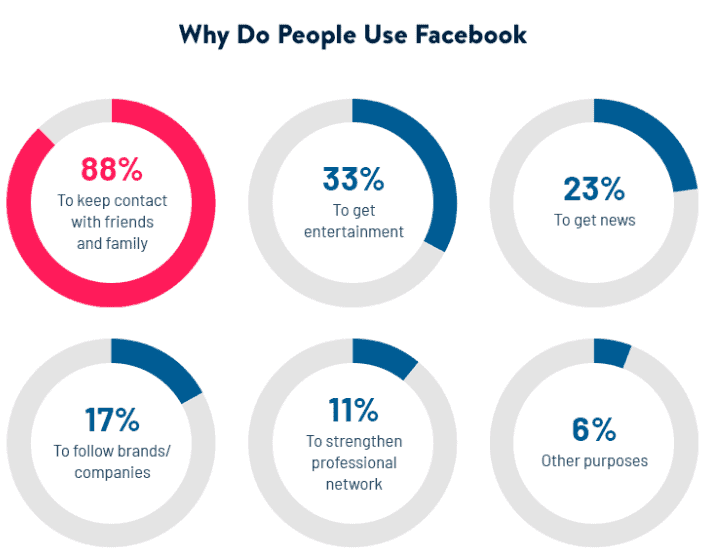
Facebook supports the long-form style of content compared to competing social media channels. It encourages us to produce blog-style content, enabling us to share our two cents on the topic in detail.
Facebook allows us to create communities around diverse niches where we can discuss different topics and talk about common interests.
Facebook groups have rules and guidelines. Plus, moderators review the content we share. It has helped us share our thoughts through our writing while being mindful of the readers’ sentiments.
It has also helped us learn how to grab the attention of our readers through eye-catching phrases or headlines, as Facebook users are notorious for quickly scrolling through their feeds.
Instagram taught us how visual content helps amplify your reach and enables you to engage your target audience.
We understood the significance of leveraging images or videos to convey our message effectively and drive fruitful results.
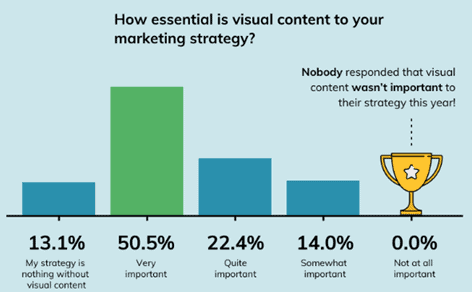
However, it doesn’t undermine the importance of text, as you still need it to provide context and encourage the call to action.
X (Twitter)
X, formerly known as Twitter, is a leading social media platform that made micro-blogging popular. It helped us learn how to share our thoughts and provide readers with relevant insights while being mindful of the word count.
Twitter’s 280-character limit when it comes to posting information compels us to avoid wordiness and come up with concise yet powerful messages. The platform has groomed the skills of content creators to be compelling without having to use extra words.
Twitter has helped improve our accuracy in writing. We have learned to identify what’s important and weed out unnecessary details when sharing information. It enables us to be more direct when conveying the message to the right audience.
LinkedIn is a fitting social media platform for professionals. It’s a fitting app to grow your network, build a personal brand, access useful insights, and share professional experiences.
The platform complements a structured writing style, which makes it a bit different than other social media apps. It helps you produce content that sets you on the path to becoming a thought leader and establishing authority in your respective industry.
LinkedIn promotes a sophisticated approach to writing. Being casual helps you connect with your audience, but not all the time. Sometimes, the situation calls for you to act a bit formal.
LinkedIn normalizes the use of technical jargon or industry-specific terminologies when creating content. Your target audience is different. So, it helps you embrace a more professional style of writing.
Best Practices You Should Know
Now that you are familiar with the impact of social media on writing, let’s go through some of the best practices that you should consider.
Maintaining Authenticity While Following Trends
Embracing the modern style of writing inspired by social media is awesome. However, you shouldn’t let it compromise your authenticity.
There’s nothing wrong with experimenting with the way you write, but your readers will relate to your content when you’re genuine and stay true to your roots. You should follow the latest trends as long as they align with your brand’s values.
Mastering Different Writing Styles
Every social media platform complements a distinct style of content creation. It calls for you to personalize the content you create to these nuances.
It presents you with the opportunity to master different writing styles and convey your message in unique ways.
For example, having an active presence on LinkedIn and Facebook may help you juggle different styles of writing to connect with the intended audiences.
Knowing when or how to embrace a casual or professional tone when drafting your messages goes a long way and is the key to effectively communicating with diverse audience segments.
Developing a Brand Voice
Maintaining a consistent brand voice allows you to build trust and authenticity. No matter which tone you pick — professional, inspirational, casual, or authoritative — it must align with your core values.
For example, if you are a content creator targeting readers in the health and wellness industry, a fitting voice for your brand will be supportive or motivational.
On the other hand, a tech reviewer may have to embrace a sophisticated or informative tone to connect with the intended audience.
The voice of your brand fuels credibility and relatability, enabling you to engage your audience no matter the platform you pick to share relevant information.
Over to You
Social media has a significant impact on the way we write or convey our message to the intended audience segments.
From normalizing conversational and interactive styles to the development of platform-specific writing conventions, social media has revolutionized the guidelines of content creation.
It showed us how brevity, urgency, and authenticity can be effective tools to connect with the right audience and acknowledge high engagement.
Social media has helped us consider and strive to master different writing styles, improving our ability to tailor our content on a need basis.
However, you must not lose yourself in the process. Developing a brand voice may help you stay genuine while establishing strong connections with diverse audience segments through distinct styles of writing.

